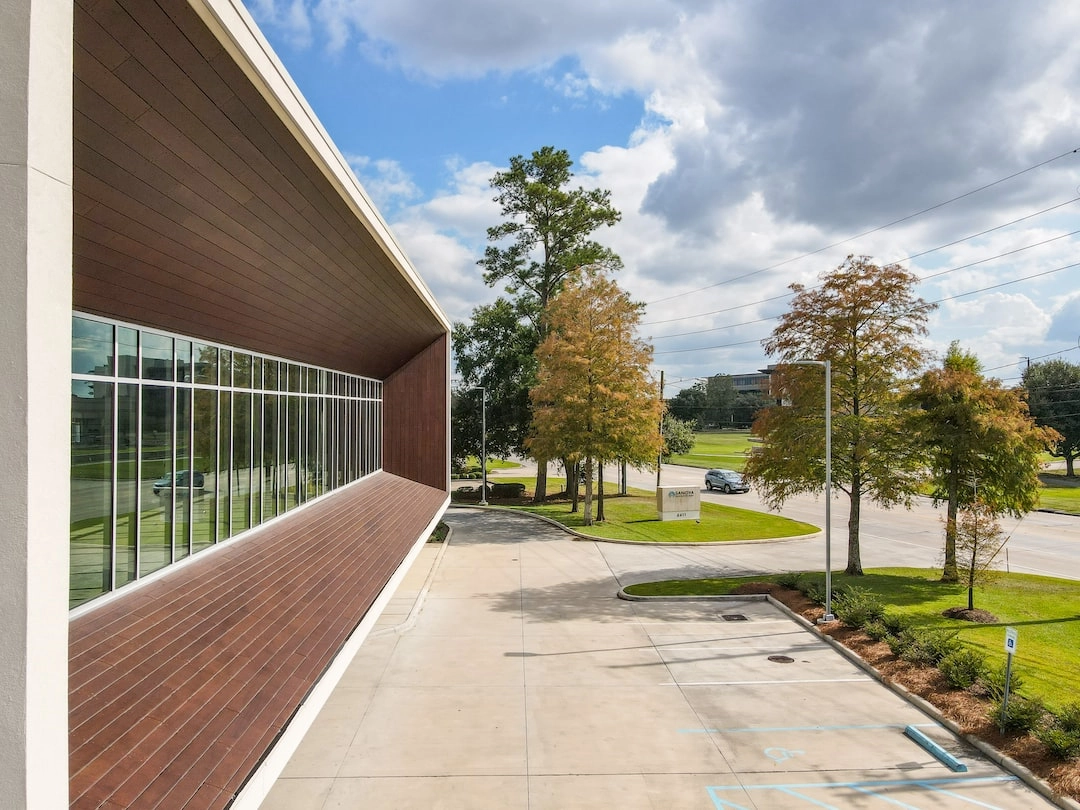
What is Eco-Friendly Landscaping?
Eco-friendly landscaping, also known as sustainable or environmentally friendly landscaping, is an approach to designing and maintaining outdoor spaces in a way that minimizes harmful impacts on the environment and promotes sustainability. It involves incorporating practices and techniques that conserve resources, reduce waste, support native plants and wildlife, and prioritize long-term ecological balance.
Real-World Problems Associated with Eco-Friendly Landscaping
While eco-friendly landscaping offers numerous benefits, it also addresses several pressing concerns related to traditional landscaping practices:
1. Chemical Pollutants
One significant problem associated with conventional landscaping is the use of chemical fertilizers, herbicides, and pesticides. These chemicals can contaminate water sources, harm wildlife, and negatively impact human health. Eco-friendly landscaping aims to minimize or eliminate the use of such harmful substances, opting instead for organic alternatives and natural pest control methods.
2. Water Waste
Traditional landscaping often involves excessive water usage, leading to wastage and placing strain on local water supplies. This becomes an especially significant concern in areas experiencing water scarcity or drought conditions. Eco-friendly landscaping focuses on water conservation through strategies such as installing rain barrels, utilizing efficient irrigation systems, and choosing native plants that require less water.
3. Soil Erosion
Improper landscaping practices can contribute to soil erosion, which degrades soil quality and contributes to sediment runoff that can harm nearby water bodies. Eco-friendly landscaping employs erosion control measures such as mulching, using retaining walls, and planting groundcover plants with extensive root systems to prevent erosion and protect soil integrity.
4. Loss of Biodiversity
Traditional landscaping often prioritizes non-native or invasive plant species, which can disrupt local ecosystems and displace native flora and fauna. Eco-friendly landscaping promotes biodiversity by using native plants that provide food and habitat for local wildlife, creating a balanced and thriving ecosystem.
By addressing these real-world problems, eco-friendly landscaping offers a sustainable alternative that allows us to create and maintain beautiful outdoor spaces while minimizing our negative impact on the environment.

Solutions to Real-World Problems in Eco-Friendly Landscaping
To tackle the real-world problems associated with traditional landscaping practices, eco-friendly landscaping offers a range of solutions:
1. Embracing Organic and Natural Practices
By utilizing organic fertilizers and natural pest control methods, eco-friendly landscaping eliminates the use of harmful chemicals, reducing pollution and protecting both the environment and human health.
2. Implementing Water Conservation Measures
Eco-friendly landscaping prioritizes water conservation through initiatives like rainwater harvesting, efficient irrigation systems, and selecting drought-tolerant native plants. These measures conserve water resources and mitigate the strain on local water supplies.
3. Applying Erosion Control Techniques
Mulching, installing retaining walls, and planting groundcover plants with extensive root systems are some of the erosion control techniques employed in eco-friendly landscaping. These methods help prevent soil erosion, maintain soil quality, and reduce sediment runoff.
4. Promoting Biodiversity through Native Plants
Eco-friendly landscaping focuses on using native plants that support local wildlife, provide habitat and food sources, and contribute to biodiversity conservation. By avoiding invasive species, this approach maintains a balanced and resilient ecosystem.
By implementing these solutions, individuals and communities can actively contribute to the preservation of the environment and create sustainable landscapes that benefit both nature and people.















